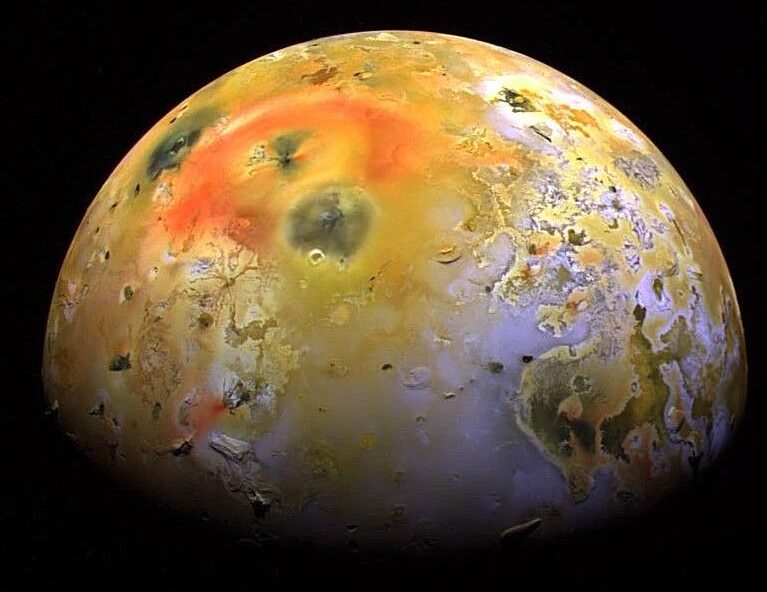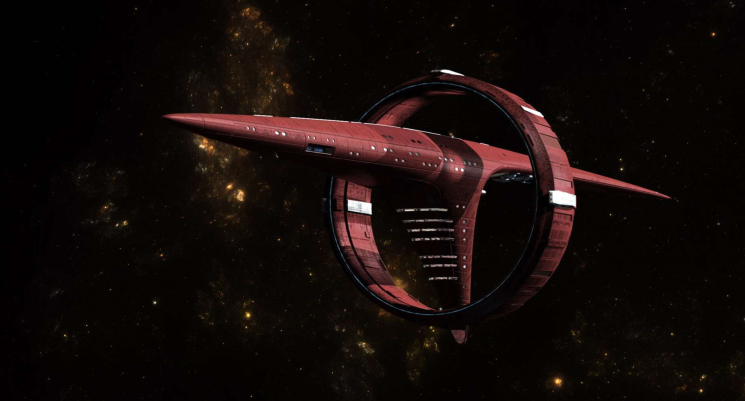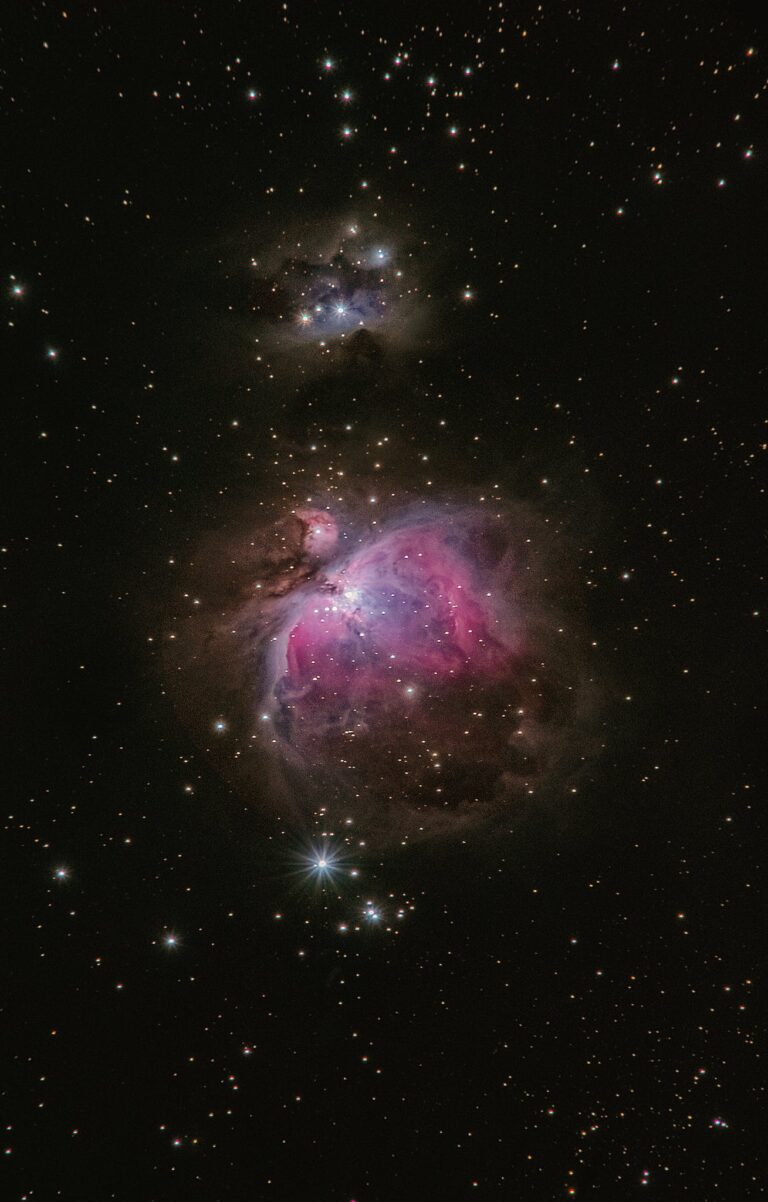Io And Behold: Huge Lava Waves Seen On Jupiter’s Moon

All the excitement around moons has been centered on Enceladus lately, with the announcement of hydrothermal vents at the bottom of its subsurface ocean and the possibility of life outside our planet, but we do have other interesting moons in our system, such as Io; although it’s a little bit warmer than the ice cold surface of Enceladus. Sulphur dioxide and pure Sulphur are being ejected hundreds of miles into the sky above Io; such is the violent nature of the volcanic activity on the surface. Two huge lava waves have been spotted, moving around a huge canyon, many thousands of miles wide. The volcano system is thought to be the most powerful in the solar system.

The waves were spotted by telescopic observations, and researchers worked out that they must have originated from different locations, meeting some months later after travelling at almost a mile-per-day. Io sits 390 million miles away from us, which shows how far we have come in terms of advances in telescopic technology as astronomers on a hill on Arizona managed to spot the waves on the surface of Io. The Large Binocular Telescope in the Pinaleno Mountains spent time over the past few years observing Io and was fortunate to have a lucky orbital alignment when Europa moved in front of Io and blocked out light coming from Loki Patera.
Regular observations of the pass-by allowed the observers to measure how much infrared light came from different parts of the crater. The heat map then allowed them to formulate where the lava had come from and how fast it was travelling.
“The temperature tells us how recently the magma has been exposed.” – Katherine de Kleer at the University of California, Berkeley.
The waves were released at different points in time, with one coming from the northwest corner of Loki Patera and then moving clockwise, whilst the other set of in an anticlockwise motion. Eventually the waves collided and caused huge disturbances in the surface of Io.
“Lava lakes overturn when parts of the crust cools and becomes dense enough to sink beneath the surface, pulling more crust down into the underlying magma. The process unleashes lava waves that spread across the whole basin. As the crust breaks apart, magma can shoot up into the sky, like fire fountains. The whole process lasts for months then stops before starting again 18 months or so later.”
Jupiter has 67 known moons in orbit, with Io believed to be one of the driest in the solar system. Ice is usually a factor that makes the surface of moons very bright, so the lack of water should cause Io to be a very dull planet. Due to the intense volcanic activity, however, Io is actually very bright. We first encountered Io in 1979, Voyager spacecraft shot past.





